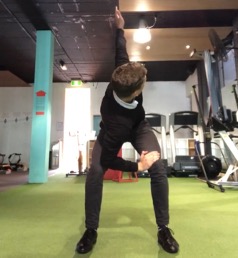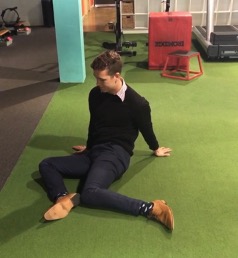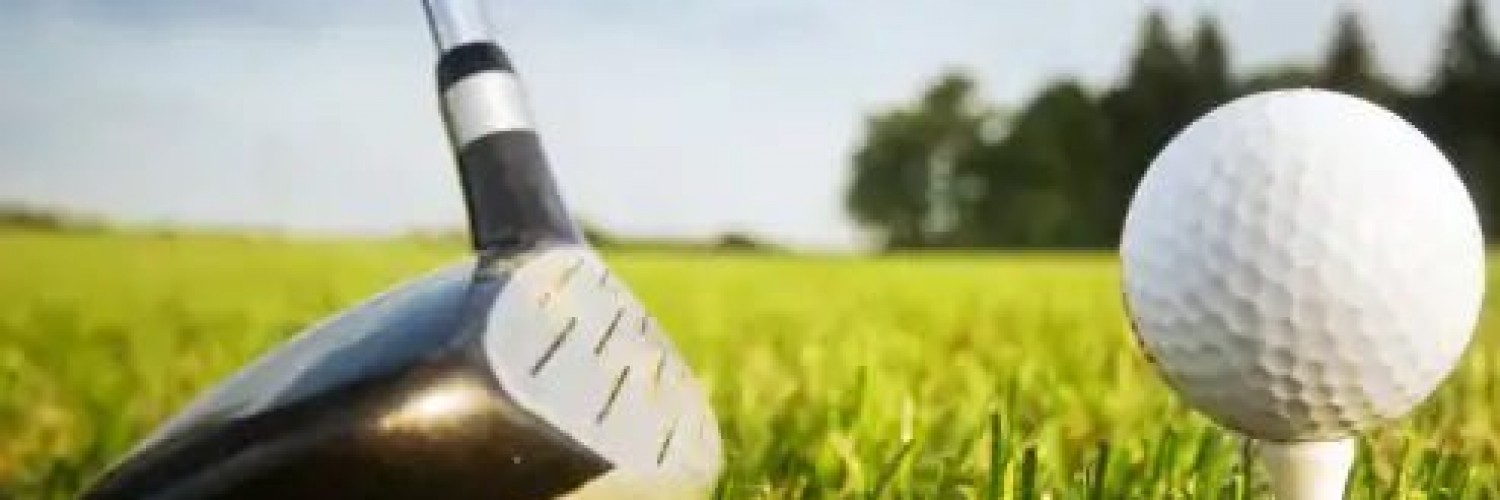The golf swing is an extremely complex skill that requires most joints in the body to move through a large percentage of their maximal range of motion. The muscles moving and supporting these joints must perform at a high percentage of their capacity. Research shows injuries most commonly occur in amateur golfers due to swing patterns developed around physical limitations. As a result, overload occurs in certain areas of the body which creates further injury to pre-existing conditions. All golfers should be preparing their bodies to move as efficiently as possible. Below are some tips for conditioning the body for golf and improving performance.
Stretches and Mobility
The thoracic spine and hips are the large contributors to rotation, clubhead speed, power and distance in the golf swing. A player lacking mobility in these areas may compensate by instead rotating through the lumbar spine which has much less rotation potential, or overuse the shoulders increasing the chance of injury. As most of us don’t have to time to practice on our game for 40 hours a week like professionals and instead spend a lot of time sitting, we most likely lack the flexibility of Adam Scott’s swing. This makes stretching even more important for the amateur golfer to reduce risk of injury. The A-Frame thoracic spine stretch, and the 90/90 hip stretch are two examples of great exercises that anyone playing regularly should do (photos attached below). These can be found in detail on the Evado Studios Hawthorn Instagram page.
Rotational Power Training
Rotational exercises against resistance develop explosive strength and power needed in the golf swing. Training these muscles in similar movements to your swing will reduce the risk of a muscular strain while on the course.
Clinical Pilates
This is a great tool for golfers as it helps develop balance, rotation and flexibility needed for an efficient pain free swing. It also improves core and gluteal strength which provides a solid base for generating power and increased club head speed and distance.
Physiotherapy
Your physio can help you identify any movement discrepancies that may be impacting on your swing potential. These can then be improved through manual therapy techniques, personalised exercises and stretches or even a clinical pilates programme.
Josh Sedgwick, Physiotherapist at Evado Studios Hawthorn
About me: I am a physiotherapist with a special interest in golf performance and injury prevention. I have worked with golfers of all abilities, from the weekend novice to national representative. Personally, I play off a scratch handicap and have competed competitively for over 10 years.
Click on the images below to expand.


